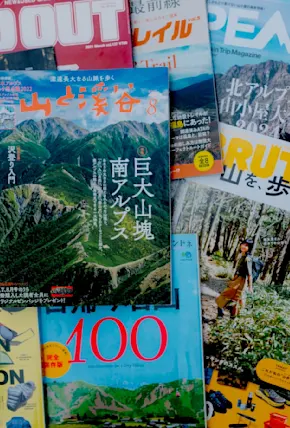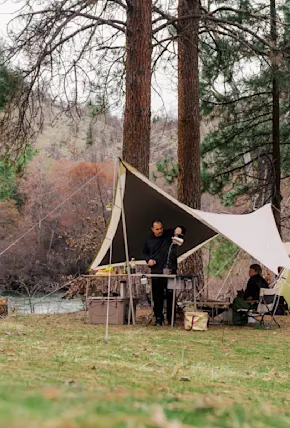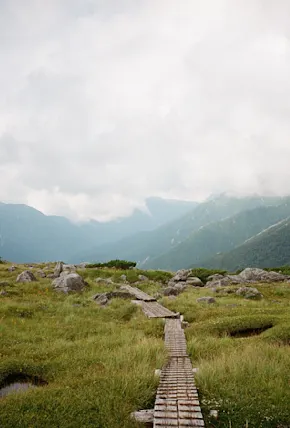Goggles for Low Light + Gore-Tex Mitts
With the likelihood of snow shoeing, skinning, or simply hiking bootpack in the back and sidecountry high, we’ll be bringing some sport specific sunglasses. Googles fog quickly when hiking in cold, wet weather, so don’t ruin your descent because you were too lazy to pack shades for the ascent.
As for goggles, bring an extra lens or two, something specifically meant for low light—clear too, if available, as night riding is most definitely a thing in Hokkaido. We’ll be testing out the new frame-less Dragon NFXs frames with Lumalens technology—color optimizing tech that reacts to shifting light conditions AKA transition lenses for goggles that actually work.
Dragon NFXs goggles with LumaLens Tech, $149
For the same reason we’re going all the way with our outerwear, we want our hands to be fully protected too. Rock the liners alone when traversing on foot, then toss the Gore cover back on for the ascent. Our lobster mitt setup features an over-the-cuff design for even more protection and dexterity—perfect for digging yourself out of nipple deep snow after a nice biff.
Hestra Army Leather Heli Mittens, $150















